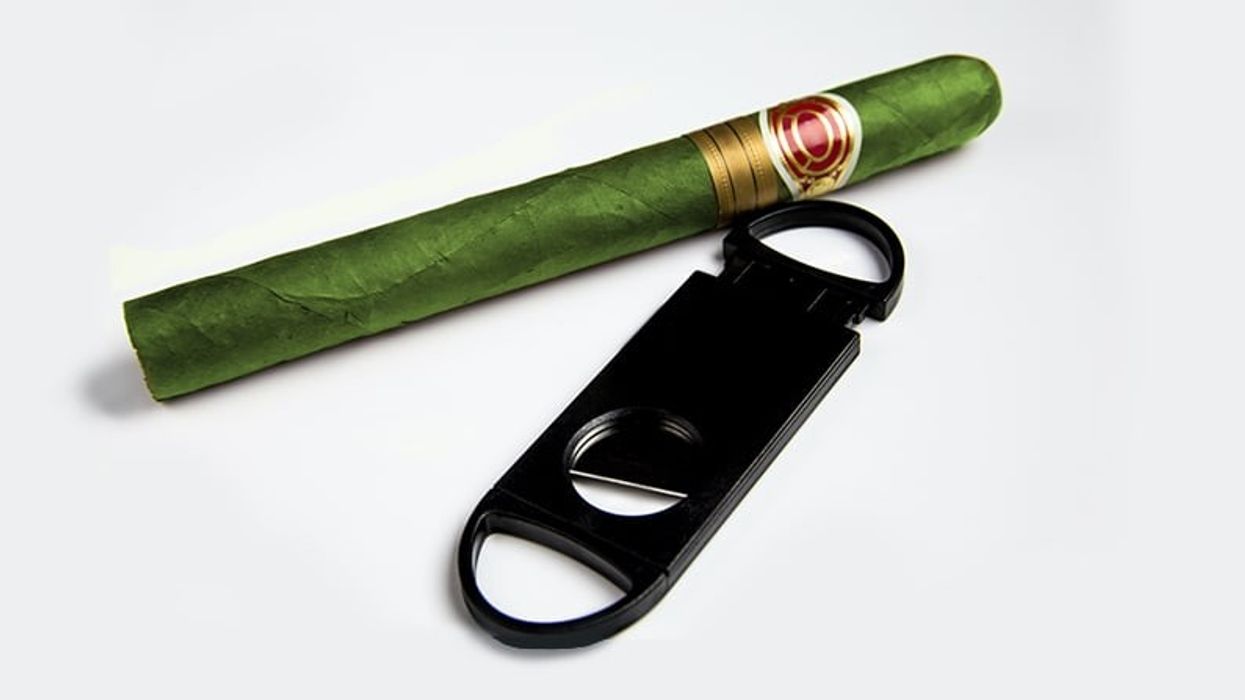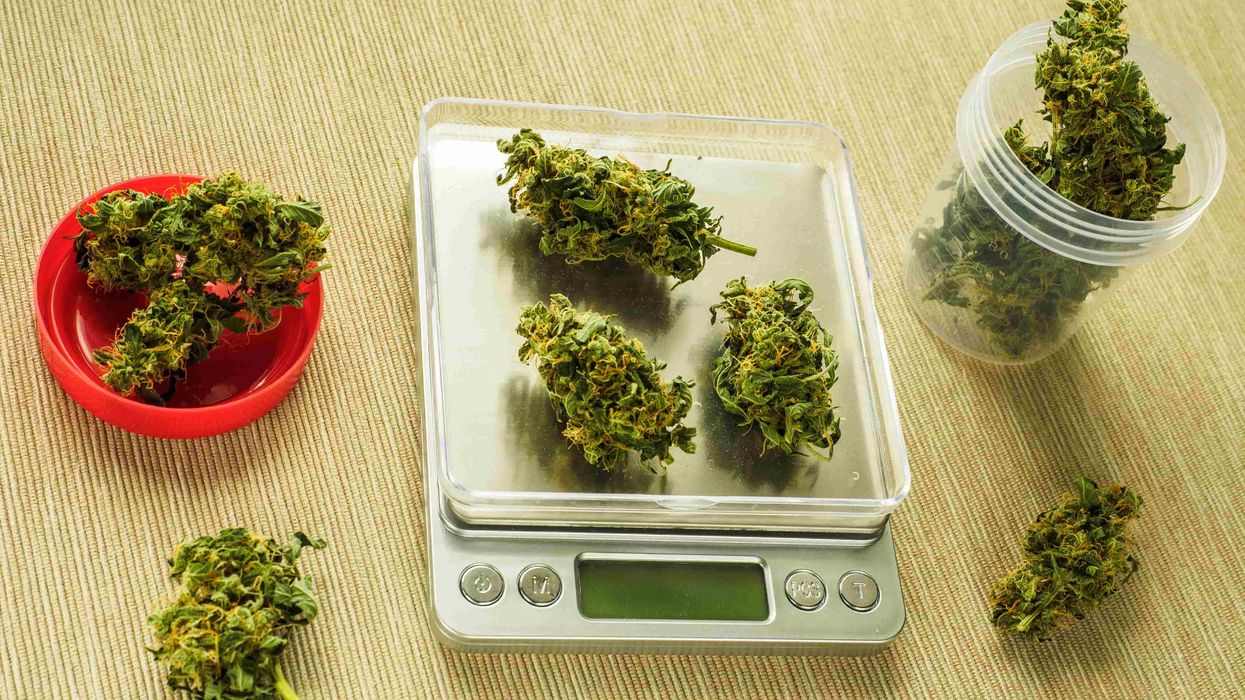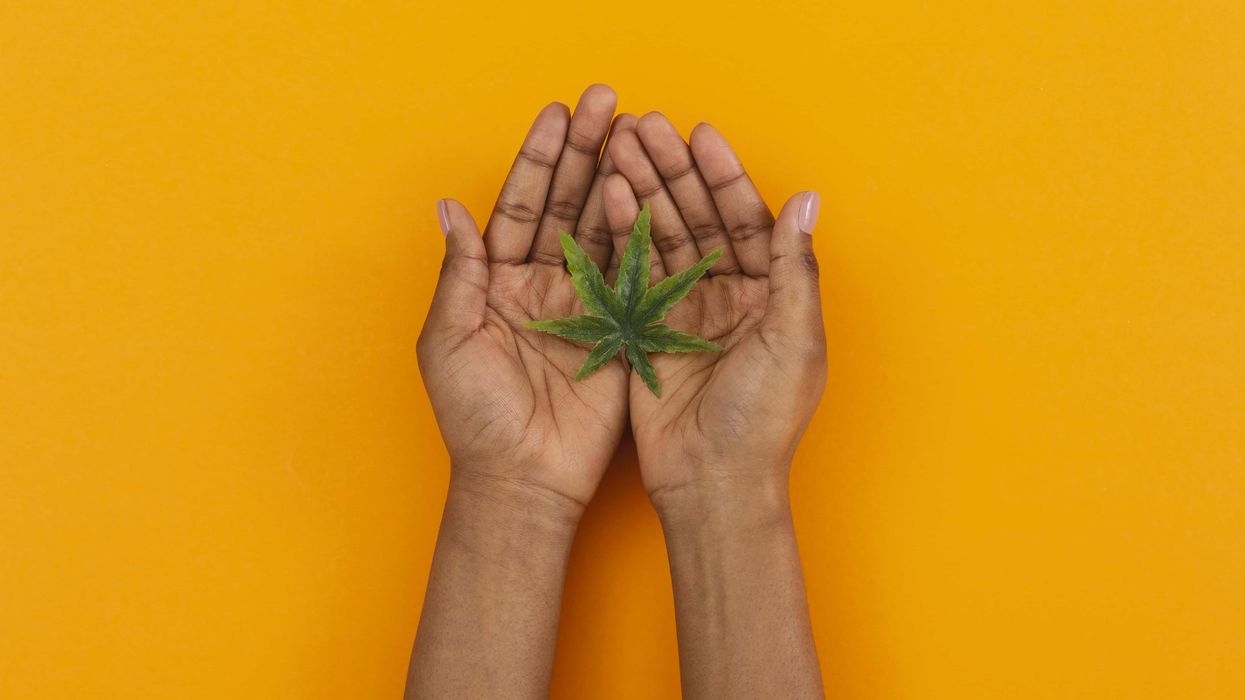As concerns continue to grow over potential health issues associated with vaping devices and cartridges, there is also another important issue to consider: the environmental impact of these devices.
While vape cartridges and devices are small, they have a disproportionately large environmental impact due to their complexity and wide variety of material components.
Less Environmentally Friendly by Design
Logically, a manufactured product can never be as environmentally friendly as cultivated bud cannabis. That is because the process of manufacturing that bud into a concentrate, edible, topical, or a cartridge will take water, electricity, and other resources to accomplish.
Cartridges and vape pens require a multi-step manufacturing process, one to convert that bud into a high-grade hash oil, another to fabricate the cartridge (a multi-step process in itself), and then a final step to fill the cartridge or pen with the hash oil.
In 2014, Dr. Hoshing Chang from the Food and Drug Administration (FDA)’s Center for Tobacco Products, released a study assessing the research on the environmental impacts of e-cigarette manufacture, or better put, the lack of research.
Dr. Chang found that “scientific information on the environmental impacts of e-cigarette manufacturing, use and disposal is very limited. No studies formally evaluated the environmental impacts of the manufacturing process or disposal of components, including batteries.”
Dr. Chang referenced a 2010 study of six e-cigarette brands which “found that none of the products provided disposal instructions for spent cartridges containing nicotine.”
Furthermore, he noted that “some e-cigarette manufacturers claim their e-cigarettes are ‘eco-friendly’ or ‘green’, despite the lack of any supporting data or environmental impact studies.”
So, while it cannot be said how harmful to the environment cannabis (or tobacco) vape manufacturing is, without a doubt, it has more of an environmental impact than growing and smoking bud.
It also is clear that, while some vape brands are trying to market themselves as being environmentally friendly, that is not the case and they can never be as environmentally friendly as bud.
From Halfway Around the Globe
The vast majority of disposable pens and cartridges are currently being produced in China, primarily in Shenzhen.
According to a 2018 report on the e-cigarette market, “over 90% of the global electronic cigarette production” takes place in China.
California is one of the largest markets in the United States for vape pens, so let’s take a hypothetical shipment coming from Shenzhen to the port of Los Angeles.
Those empty cartridges traveled nearly 7,300 miles to get to California, every mile of which adding to the environmental cost of that product.
The International Council on Clean Transportation estimated that, in 2015, shipping only accounted for 2.6% of total global emissions, but “International shipping contributed the most, representing about 87% of total CO2 emissions from ships each year.”
While in the aggregate shipping is a relatively minor category of emissions compared to electricity (25%) and agriculture (11%), international shipping is a major issue in driving that 2.6% and also represents low hanging fruit (few are willing to go without electricity or food, but buying local is much more doable).
The European Commission estimates that global shipping emissions are 2.9% of global emissions as of 2018, and projects them to “increase from 90% to as much as 130% of 2008 emissions by 2050.”
Once those cartridges arrive in Los Angeles they will be loaded onto trucks, trains, and possibly even planes to be transported across the United States to various legal cannabis markets or e-cigarette manufacturers (depending on if they will become cannabis vapes or tobacco e-cigarettes).
This next round of transportation will add more of an environmental cost to that product, which will depend on where they are going and how they get there. Trains are preferable to planes, which are preferred over transportation by trucks, which have the biggest environmental impact out of those various methods of delivery.
Ingredients with Hidden Environmental Costs
In addition to the environmental harms of making the devices and shipping them across the world, some of the additional ingredients used in vape cartridges can have their own environmental issues attached. The additive that is the most environmentally troublesome is MCT oil, which, while often advertised as being coconut-derived, is often actually sourced in part or in whole from palm oil.
A cursory glance at the websites for Jedwards International, Wilmar International, Bulk Apothecary, and Shay & Company, some of the largest providers of bulk MCT oil in the world, shows that their MCT can often be derived from palm rather than coconut.
Jedwards’ website states that “Medium-chain fatty acids are most commonly extracted from palm kernel oil or coconut oil” and they offer MCT sourced from either.
If you have ever wondered what fractionated coconut oil is, Shay & Company has an answer, conventional Fractionated Coconut/MCT “can be sourced from either coconut or palm and is traditionally a blend of the two.”
An email exchange with Bulk Apothecary led to a representative saying “MCT, or Fractionated Coconut Oil, is considered a highly refined product, and as such, proteins from the original crop source are not present in the final product. Because of this, one could not perform a DNA analysis to determine the source.”
The representative then pointed to a 2015 study done at Queen’s University of Belfast, which called the genetic identification of plant oils a “complex challenge.” The researchers said “One could undertake a battery of chemical tests, such as fatty acid analysis, determination of sterol and hydrocarbon fractions, tocopherols, pigments and still remain uncertain about the oil’s authenticity.” Finally, the researchers noted that “From the vegetable oils listed, palm oil will be the most abundant oil and is used extensively.”
That means it is incredibly difficult to know the source of MCT oil, and in many cases that MCT oil may be partially or wholly derived from palm oil.
For anyone not aware, palm cultivation has been driving deforestation around the globe and is further threatening endangered orangutans. “It’s not the oil itself that is the problem it is how it is produced through deforestation” said Alison Kirkman, the press officer for Greenpeace UK.
Kirkman also mentioned that in addition to the deforestation, people often “start fires to destroy forest or peat-land to turn it into a plantation for palm oil.”
Converted peat-land has its own issues as peat sequesters CO2 when moist, but as it dries out and is burned all that CO2 is released.
While there are responsible sources for MCT oil available, they are more expensive and if companies are not required to use sustainable sources it is likely they will cut corners and costs, and opt for a lower quality oil that may have been created through deforestation.
Kirkman was critical of the Roundtable on Sustainable Palm Oil (RSPO), saying they have “historically had very weak standards and they have only just introduced a no deforestation policy.”
Kiki Taufik, Head of Greenpeace Indonesia, said the new policy on deforestation, “will take at least two years to come into effect and right now numerous RSPO members are destroying rainforests with impunity.”
The environmentally conscious consumer should opt for using cartridges, tinctures, and edibles that do not include MCT or palm oil as ingredients.
Issues with Disposal
Despite packaging from multiple brands saying these devices can be recycled, they cannot be recycled, at least not in the normal recycling or e-waste streams.
Used cartridges are never completely free of cannabis oil residue, which makes it cannabis waste, which in many states is very strictly regulated and in some cases cannot be legally recycled.
Beyond it being potentially illegal to recycle cannabis e-waste like cartridges, pods, and batteries, these devices are so new it takes a specially equipped facility to properly break them down into recyclable components.
The California-based cannabis waste operator, Gaiaca Waste Revitalization, was the first waste hauler in the US to partner with cannabis vape operators to recycle their ewaste, that previously had gone to the landfill. Since their first partnership with dosist, Gaiaca is now working with other major vape companies like Vessel, and has expanded their operations to other states, they even have competition in the market sector from Cannabis Waste Solutions and even traditional waste haulers like Recology.
Responsible disposal and recycling of e-wastes, like cannabis cartridges, is important because improperly disposed of devices can lead to heavy metals, pesticides, and other contaminants leeching into soils and watersheds near the landfills or other places where devices may be tossed.
Since the food people eat and the water they drink depends on the health of the environment, these environmental issues reflect directly back to human health. Simply put, a healthy environment means healthier people.
Need a little more Bluntness in your life? Subscribe for our newsletter to stay in the loop.
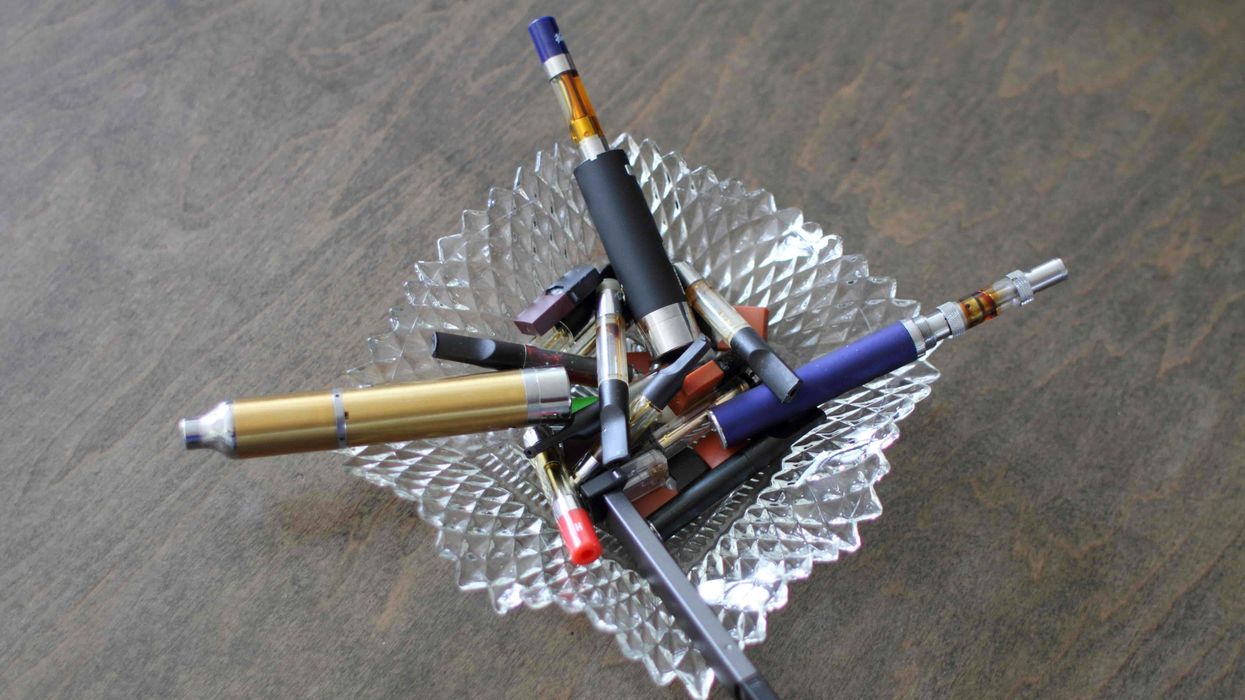


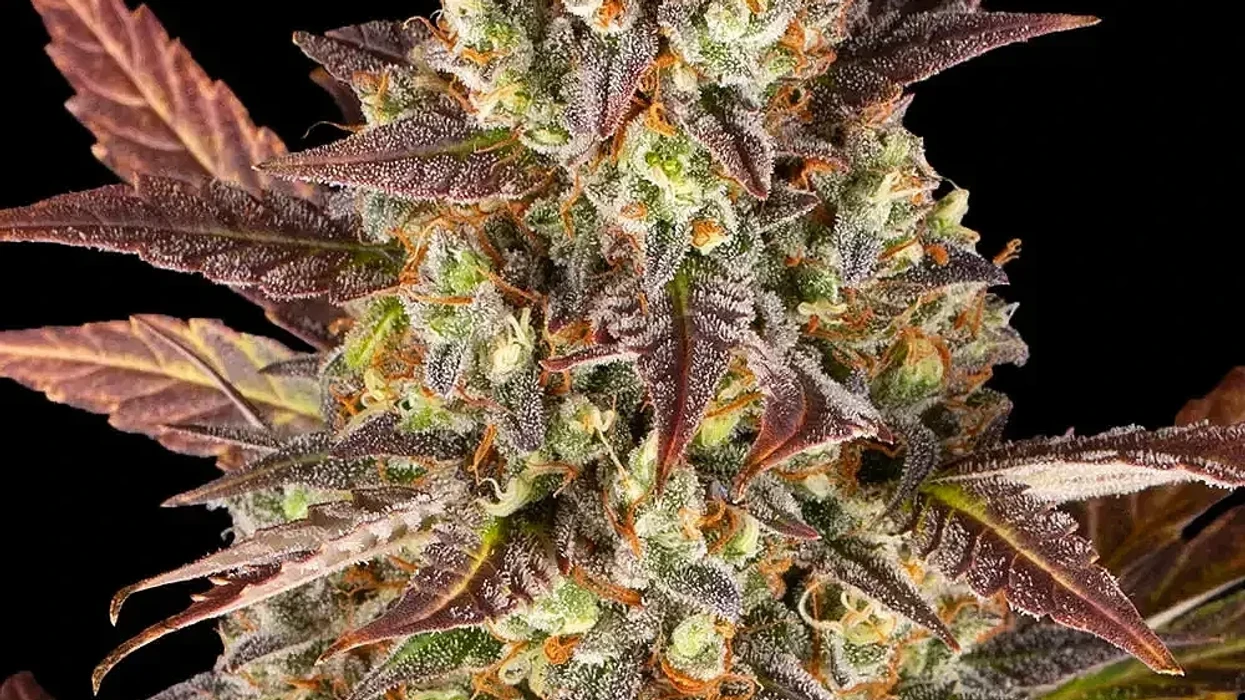
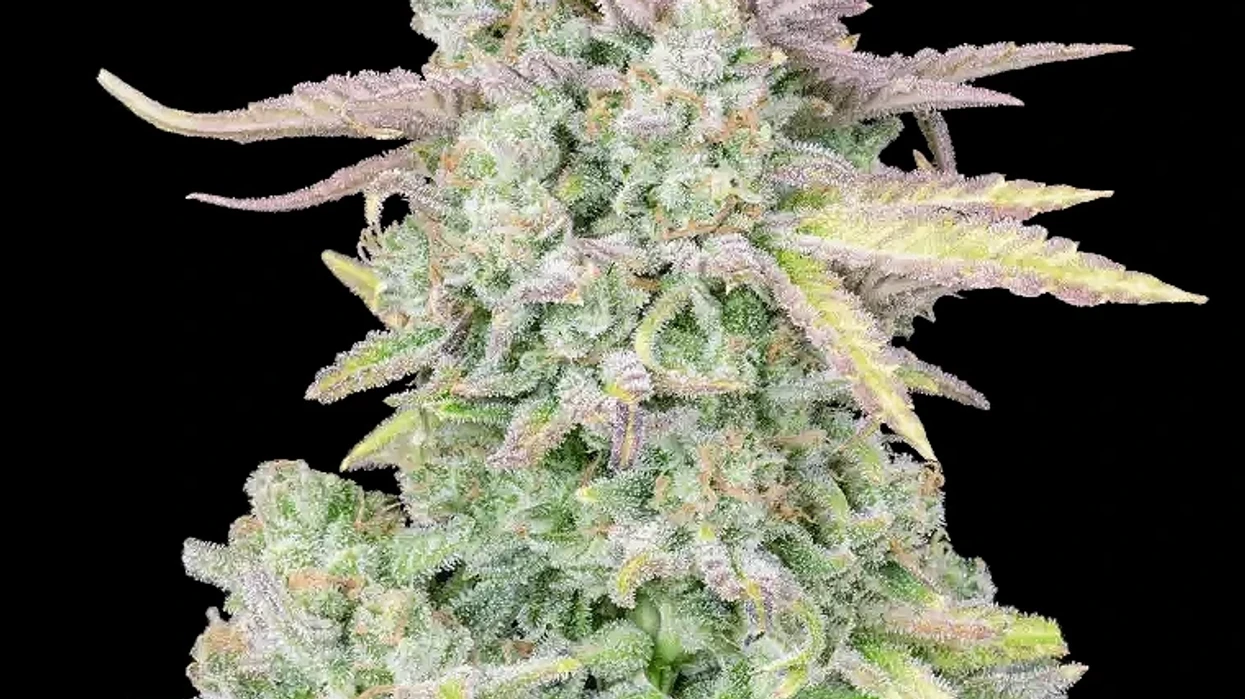


 Justin Timberlake Eye Roll Gif By Agent M Loves Gif - Find & Share on GIPHYAgent M Loves Gifs
Justin Timberlake Eye Roll Gif By Agent M Loves Gif - Find & Share on GIPHYAgent M Loves Gifs